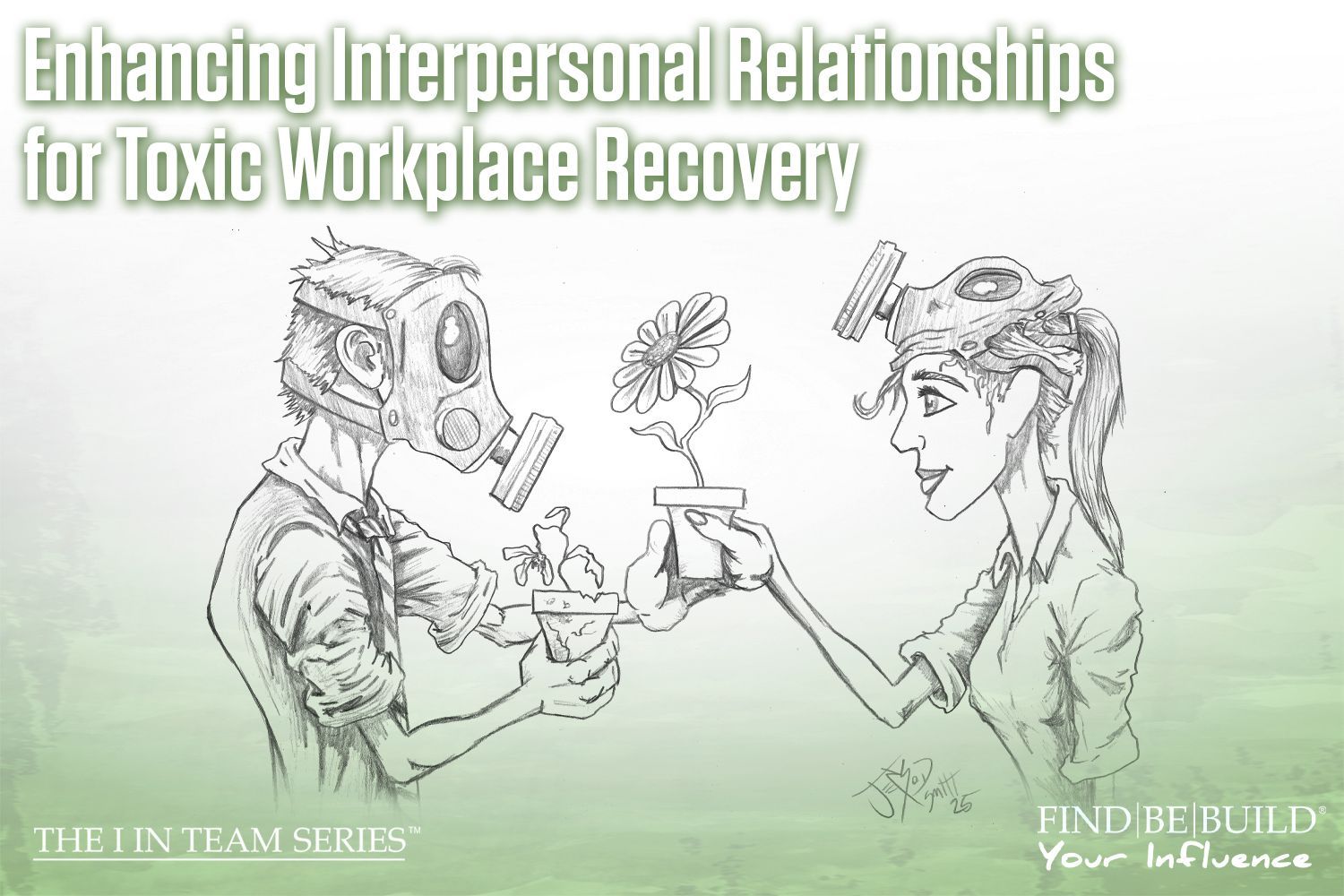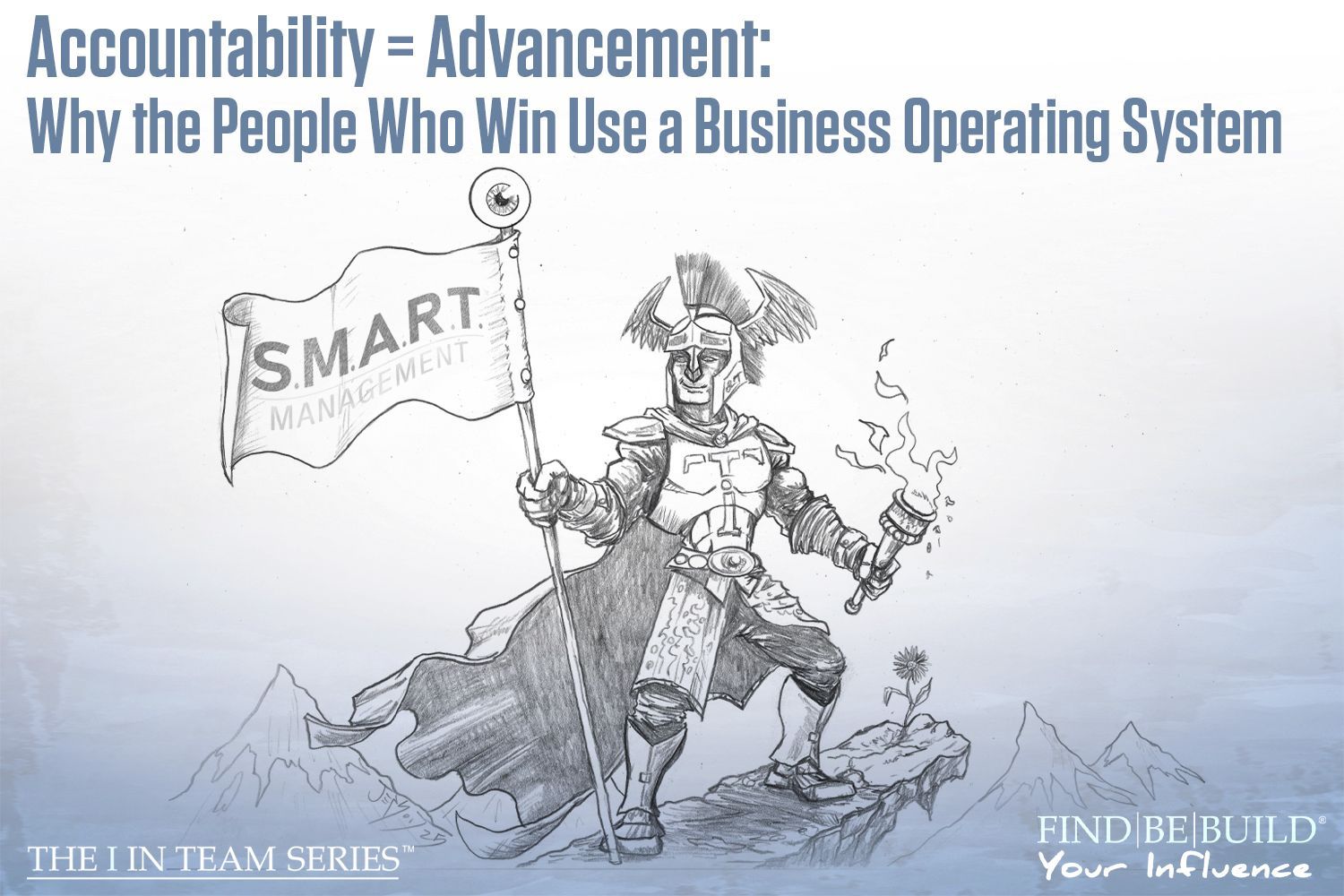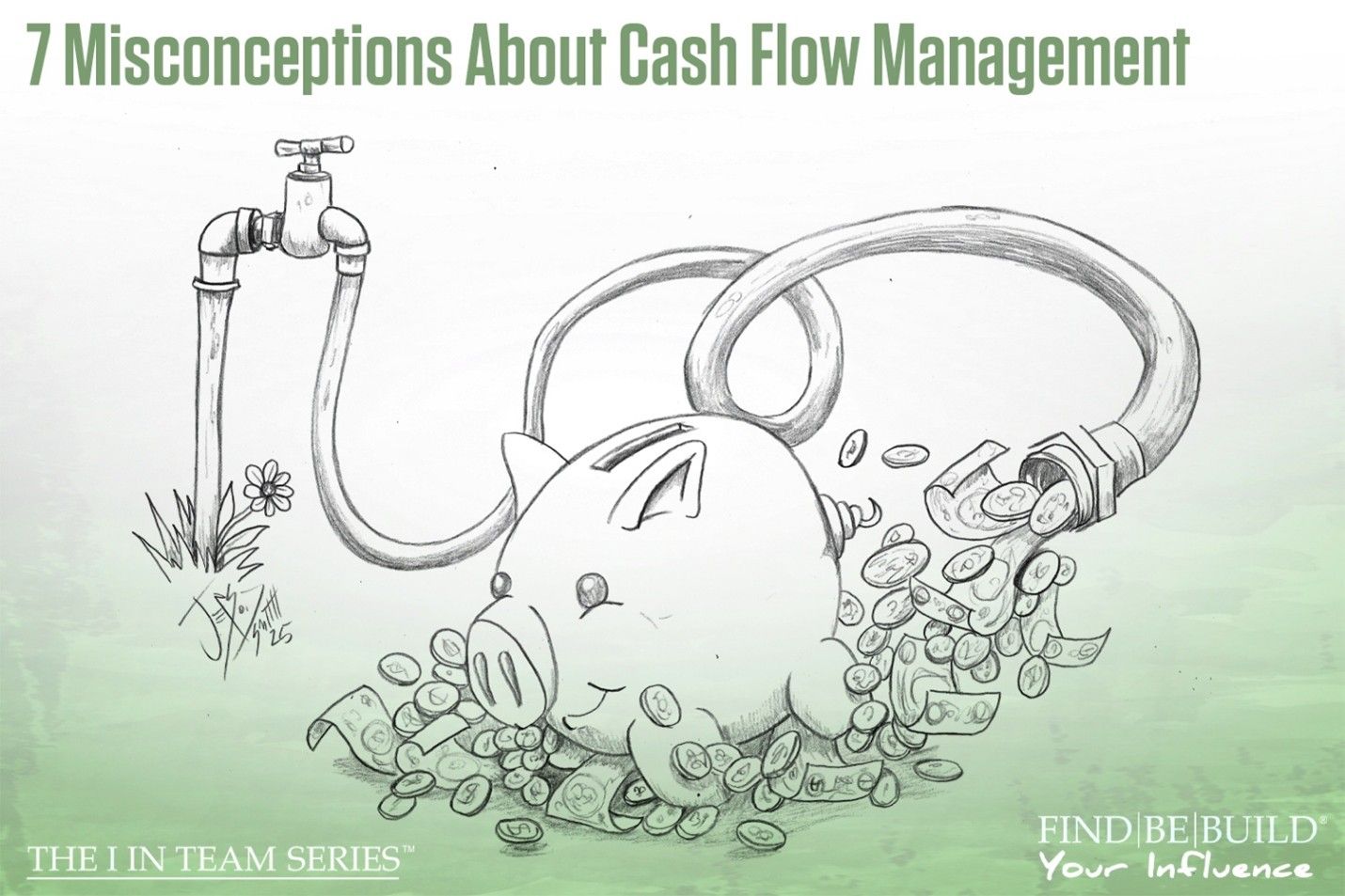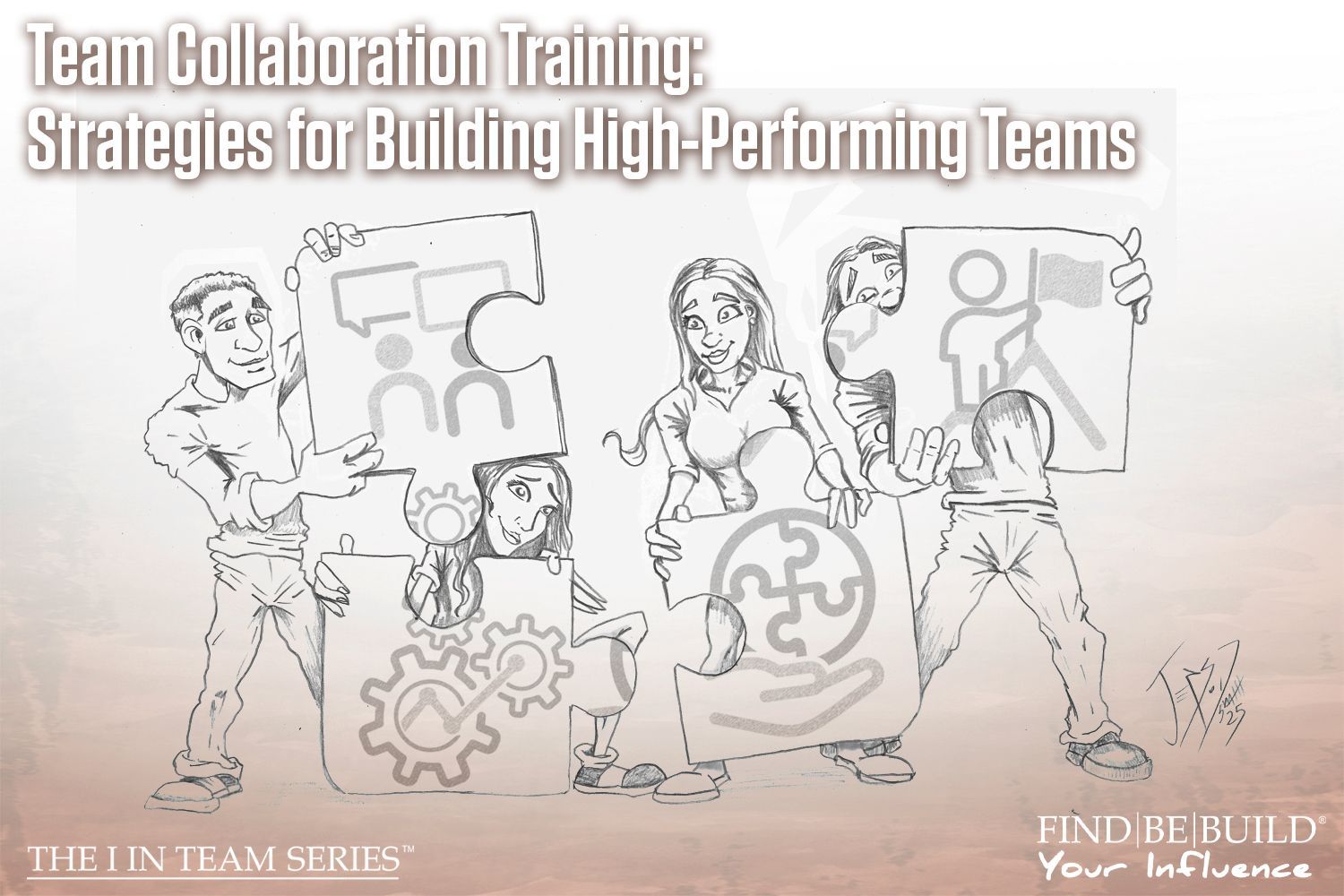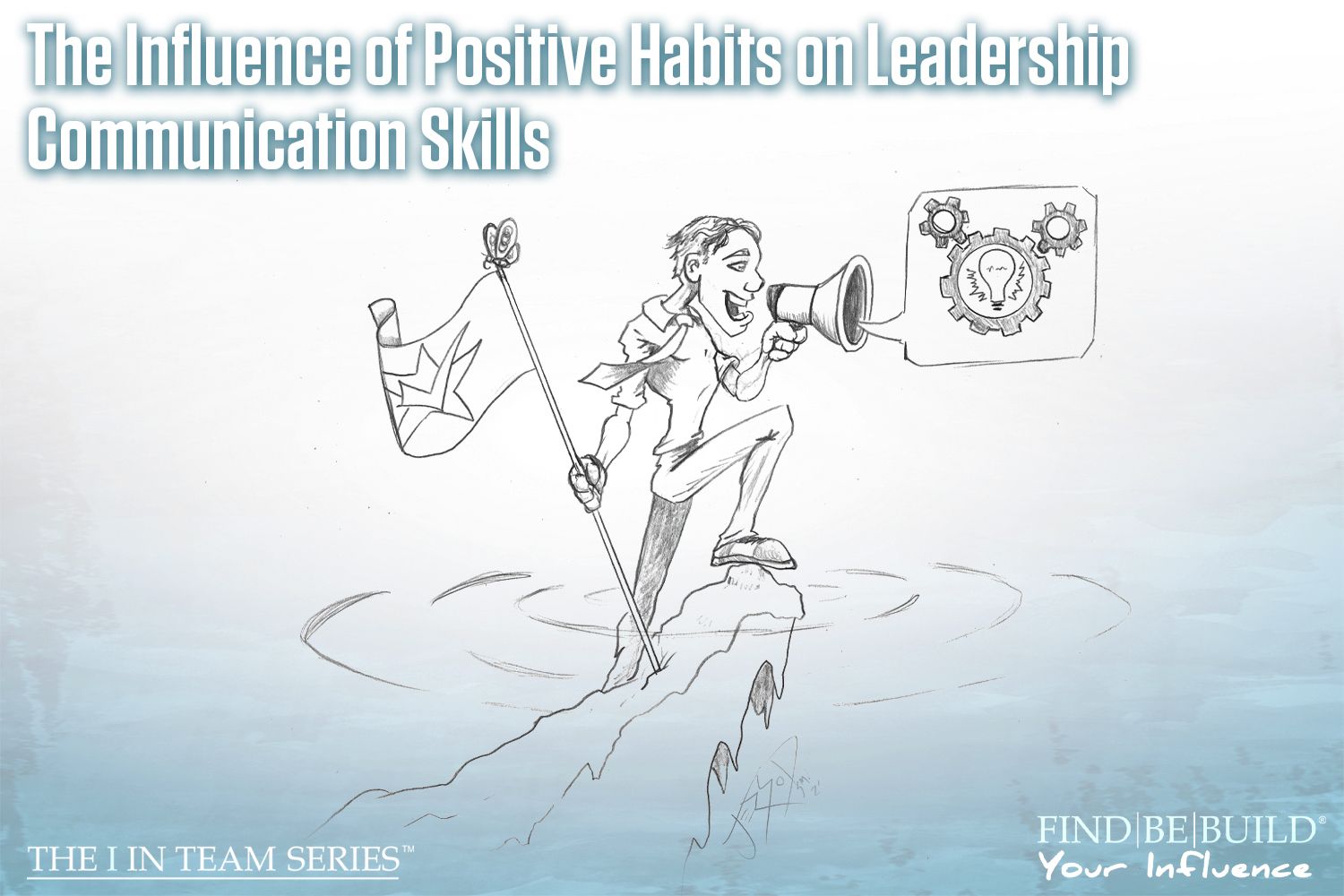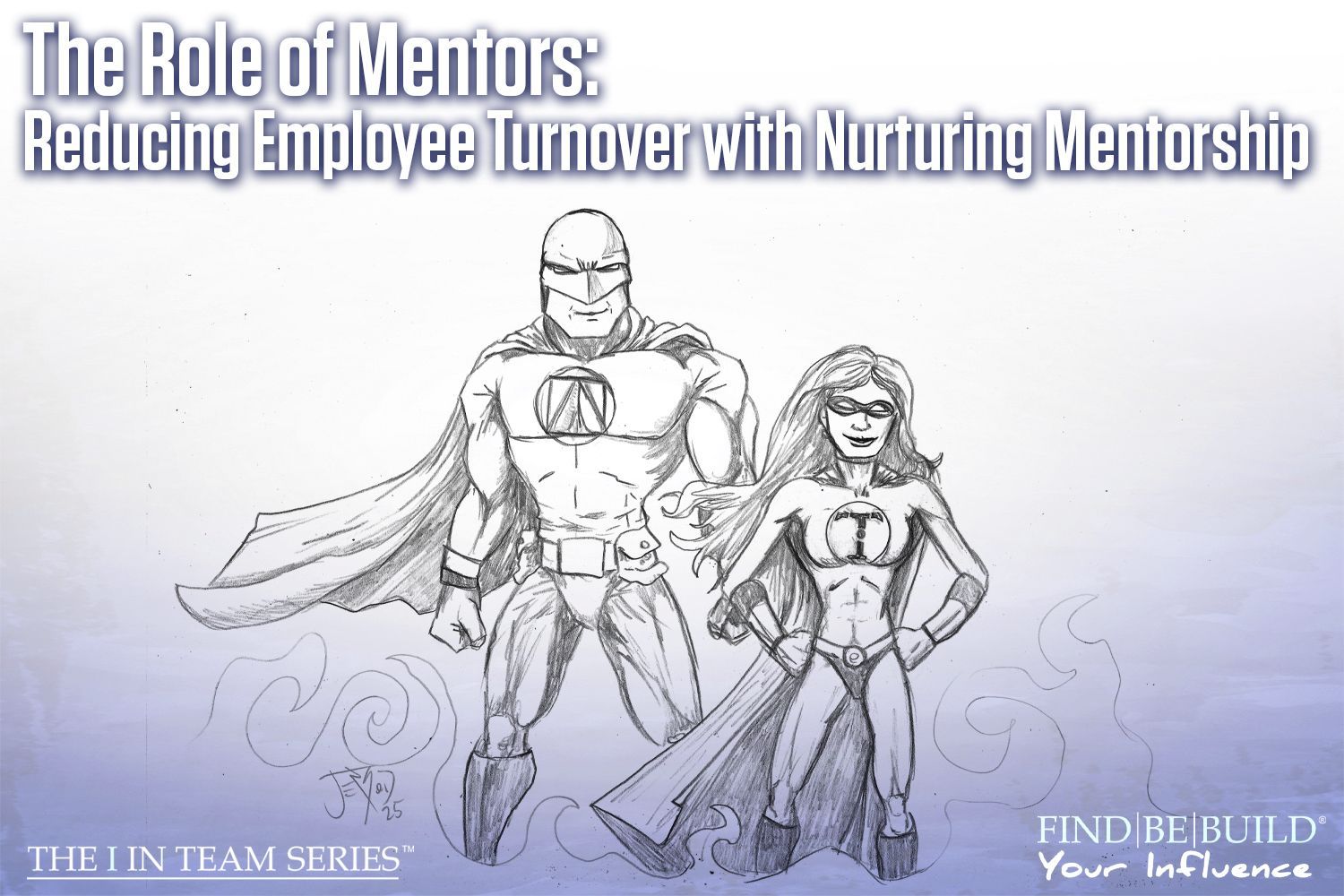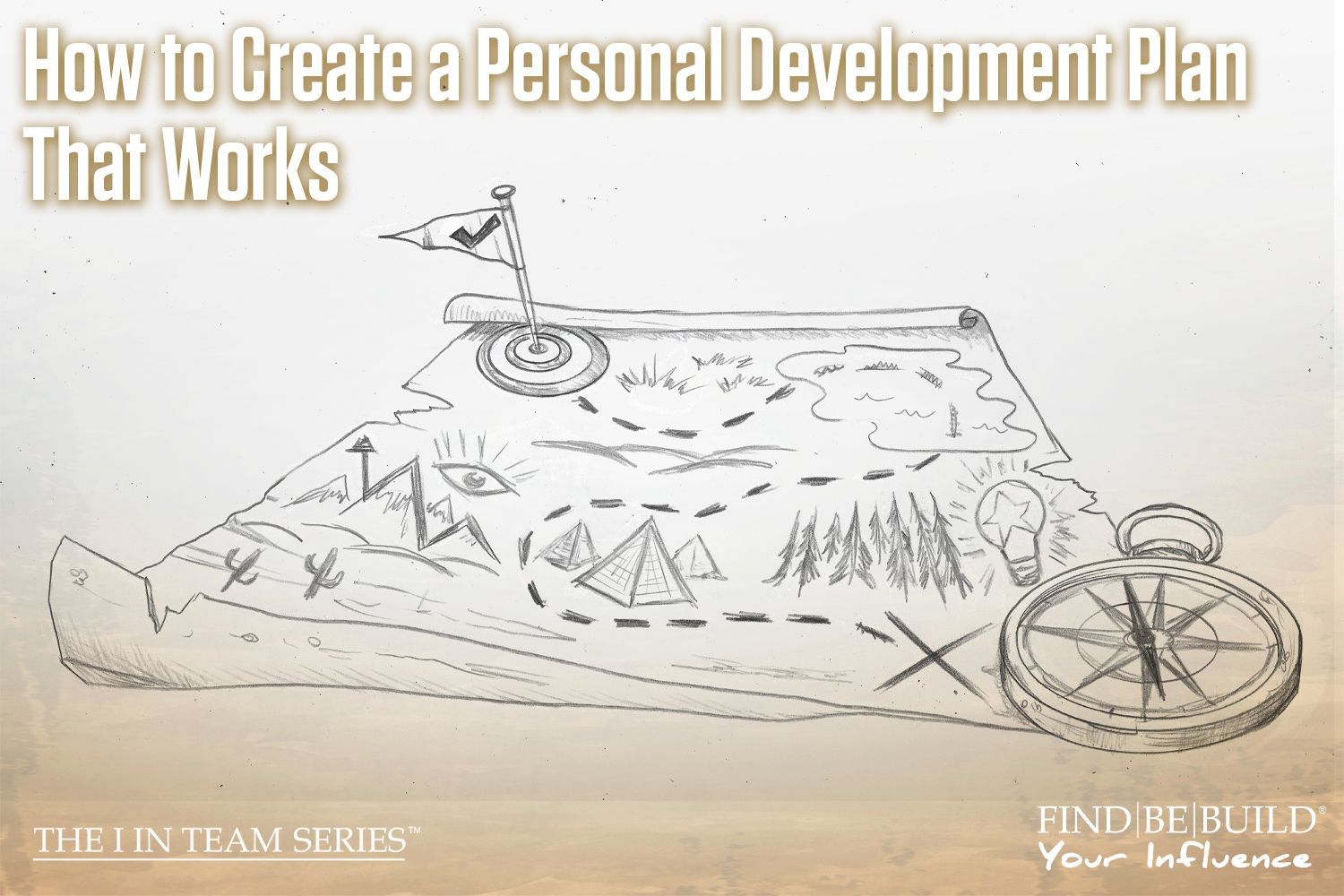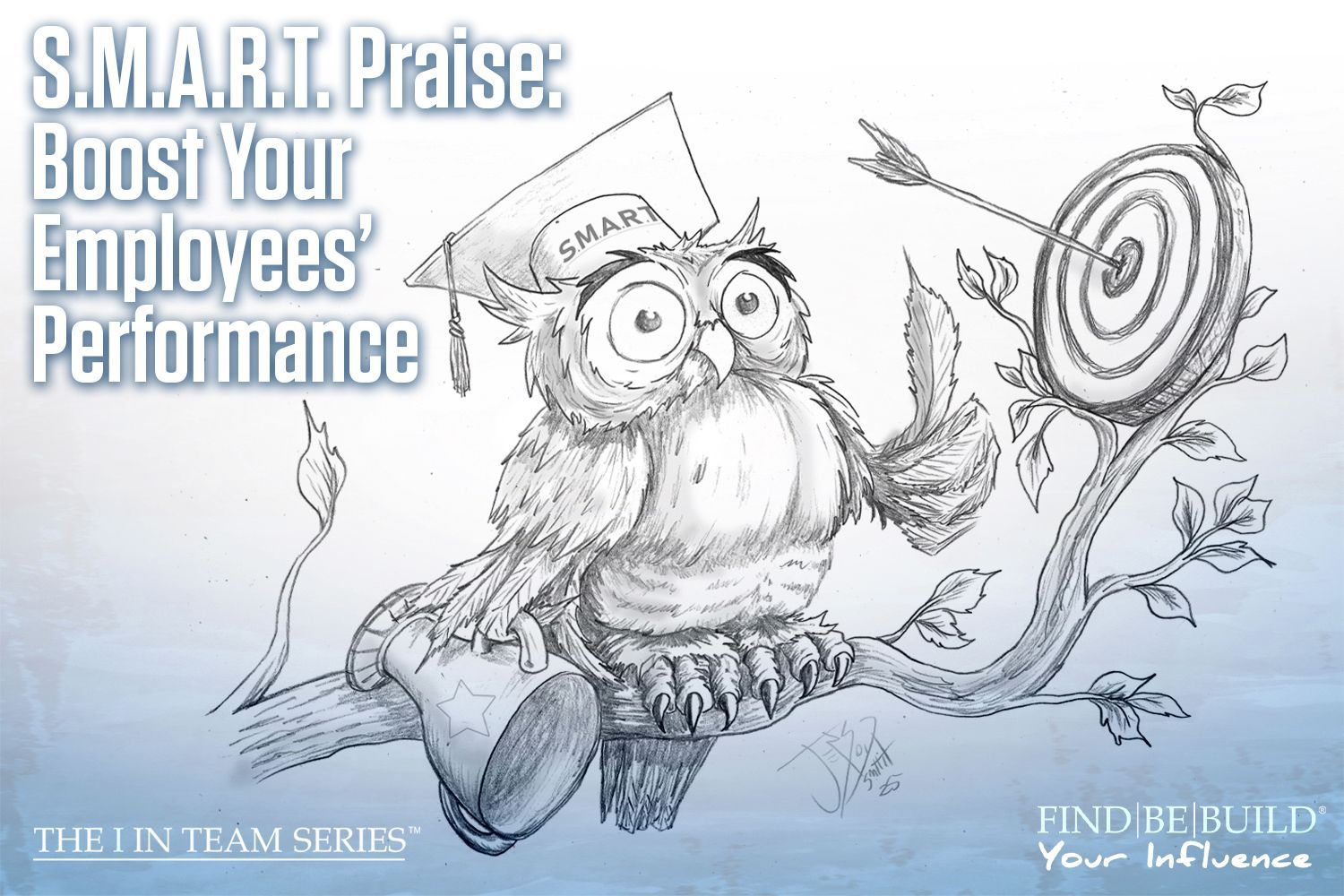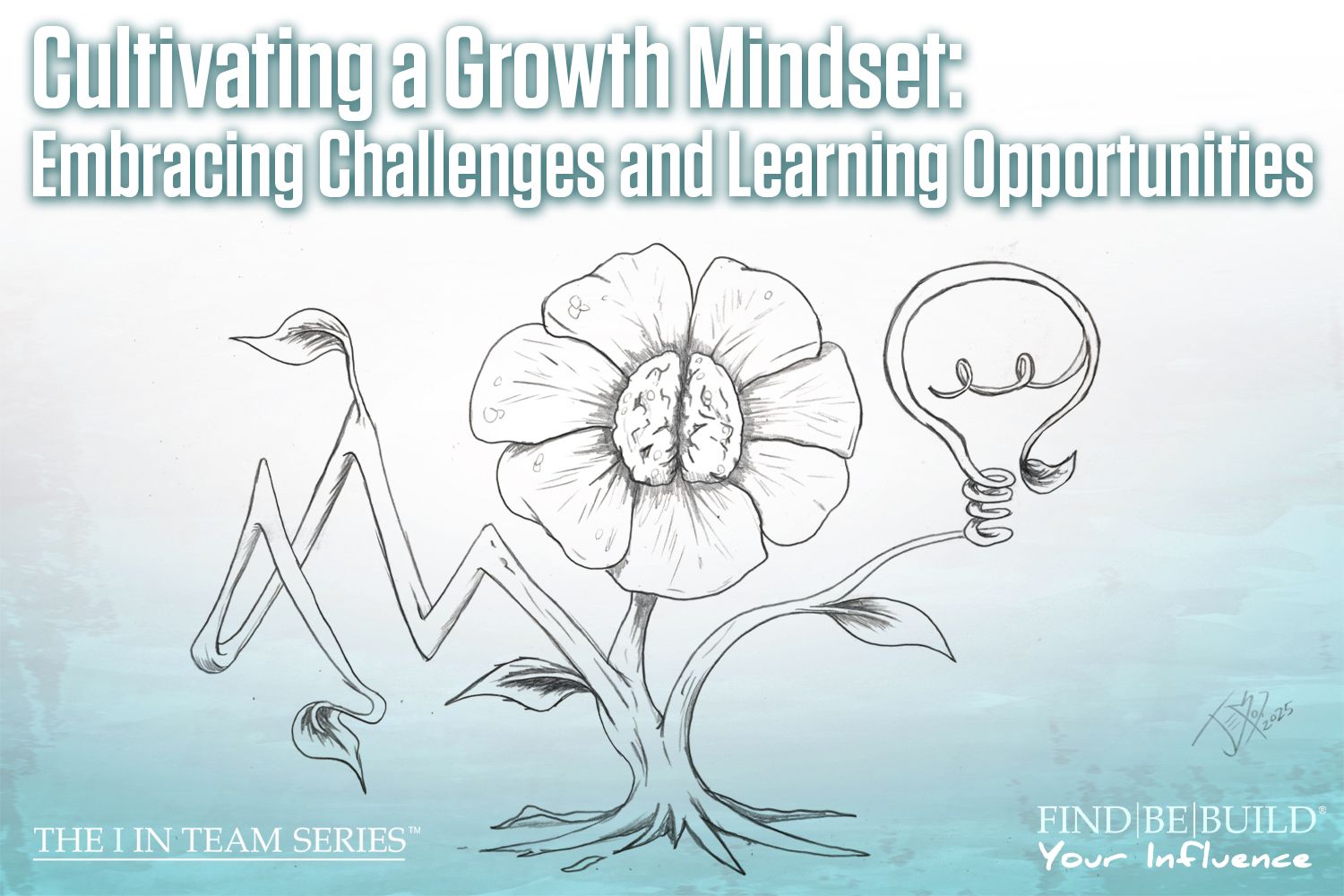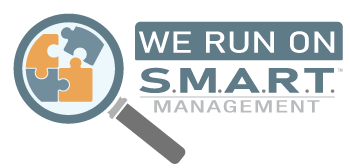HOW YOUR ENVIRONMENT INFLUENCES YOU
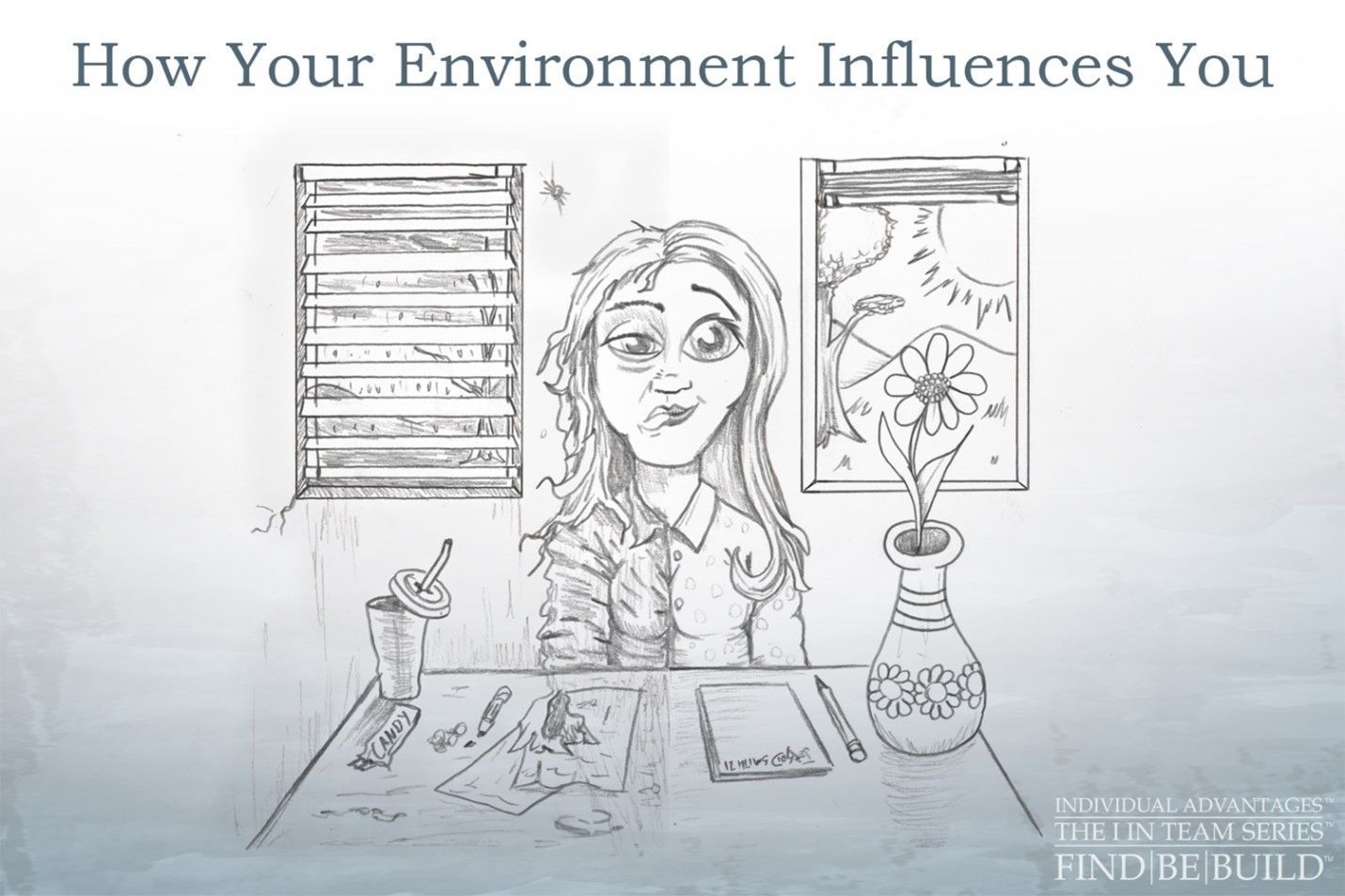
Business consulting strategies
Hi team, Mary here! It shouldn’t come as a shock, considering 2020 was one environmentally influencing year, but your environment plays a huge role in what influences you every day. It affects your mental health, including your outlook on life and stress, depression, and anxiety levels. Understanding what in our environment influences us and how is the first step we can take towards combatting negative environmental influence.
Types of Environmental Influence
There are a few types of environmental influence that could be affecting you, including physical and social factors. Physical factors are things having to do with your body and your physical environment around you. Social factors include your family, friends, coworkers, and wider community.
Physical
Check out some examples of physical environmental influence below.
- Your Home, Office, and Car: These are among the top places you spend your time. How these areas look (meaning, how clean and organized they are) influence your mental health daily. Living in a clean and organized home can increase your positive outlook on life because your immediate surroundings are also positive. Note: When we say “organized” we don’t mean you have to Marie Kondo your home! You might have a ton of stuff and keep it organized in a way that suits your needs. Your process of organization doesn’t have to match others’ processes.
- Pollution: In case you don’t know already, air pollution affects your health! Psychology Today reports in this article titled The Impact of Air Pollution on Mental Health that air pollution can increase suicide risk and depression.
- Sleep Deprivation: When you’re sleep deprived, your mental health declines. A good night’s sleep can boost your immune system, act as a light painkiller, prevent weight gain, increase heart health, increase your positive mood, reduce stress, increase productivity, and improve memory. Read more in this article titled 10 Benefits of a Good Night’s Sleep by VeryWell Health.
- Weather: Bad and extreme weather can influence your mental health! Dealing with snowstorms, constant rain, lack of sunshine, and freezing temperatures is never fun for anyone. Seasonal affective disorder, anyone?
- Smoking: You already know the risks associated with smoking.
- Eating Habits: If your doctor hasn’t told you already, what you put into your body has a direct effect on your mood and health. Check out this article Nutritional psychiatry: Your brain on food by Harvard Medical School.
These are just a few examples of physical factors that can influence your mental health. Try to remain mindful of these influences, even if they are negative. What other physical factors do you encounter daily?
Social
Check out some examples of social environmental influence below:
- Stigmas: People experience racism, sexism, ageism, and other forms of prejudice that can have a serious impact on their mental health.
- Relationships: Friends, family, lovers, co-workers, and strangers are all part of your relationships. The people you choose to surround yourself with has a major influence on your mental health. Don’t surround yourself with people who will mentally, emotionally, or physically abuse you. Choose relationships that lift you up and make you feel more positive about life.
- Community: The community in which you live has a tremendous influence on you. Impoverished communities versus wealthy communities have different influences on human beings. No matter where you come from or where you are now, you absolutely have the capability to be a positive influence and have a positive outlook on life.
Social factors influence your mental health so pervasively because humans are social creatures! What other social factors influence you daily?
Realizing that our environments can influence us may help us overcome the negative side effects that can come from negative environments. Your environment doesn’t have to look like someone else’s to be positive or make you feel content. Part of your environment is your outlook, and if you can try to remain mindful of what influences you, you can try to remain mindful of how you see the world. Just remember, it’s okay to have bad days! It’s okay to feel negative and emotional. It’s how you pick yourself back up that defines you. Don’t let your environment drag you down! Instead, lift everyone and your surroundings UP with your positive influence.
